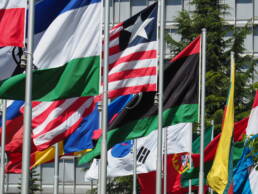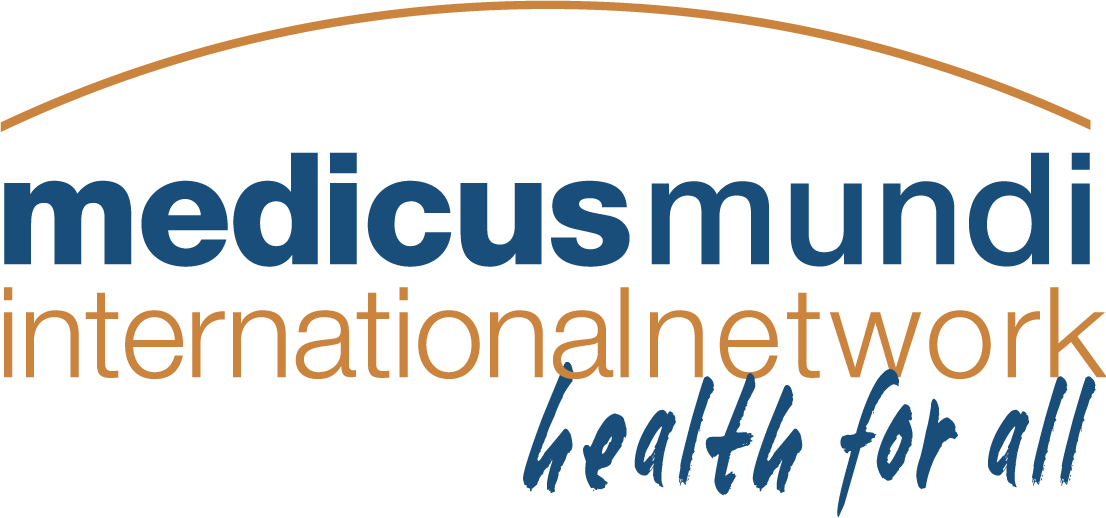A wish list for urgent action or the core of what needs to be regulated through a new binding international instrument?
At the World Trade Organization, members have taken more than 18 months to consider suspending a few provisions of the TRIPS Agreement. Also the diverse proposals for targeted amendments of the International Health Regulations have the potential to lead into long and difficult negotiations. And let us not talk about international negotiations in the field of Climate Crisis…
At the same time, with an online tool shared by the “Intergovernmental Negotiating Body to draft and negotiate a WHO convention, agreement or other international instrument on pandemic prevention, preparedness and response” (INB) for the consultation of relevant stakeholders, and with all the diverse inputs on the first day of a public hearing set up by the INB on 12 and 13 April 2022, we are jointly putting together an overwhelming wish list or compendium of all that needs to be considered as urgent action in the fields of pandemic prevention, preparedness and response.
But should we not answer the following question: “What substantive elements do you think should be included in a new international instrument on pandemic preparedness and response? And shall that new instrument not hopefully be adopted by the World Health Assembly under Article 19 of the WHO Constitution as a legally binding convention or agreement?
I recommend to the INB Board and Members, the WHO Secretariat that supports them, and all of us engaged in the pandemic treaty process not to further add to the existing confusion and duplication of efforts in the governance of global health and pandemic prevention, preparedness and response, but to focus the challenging project of a pandemic treaty on a set of policy and regulatory fields that have so far been neglected or not properly addressed in binding international law and to explore if these fields shall and can be taken up in the “pandemic treaty” to complement other international instruments.
While the “shall” refers to the urgency and relevance, the “can” is to be confirmed by the treaty making process itself. And this is not evident. The pandemic treaty only makes sense if this new instrument is ratified by a sound majority of countries in all regions and if it provides strong accountability and enforcement mechanisms, including sanctions for non-compliance. That’s the challenge. But if we go for “The World Together”, we should dare.
On this ground, this would my today’ shortlist of “substantive elements” of such a new and complementary instrument:
In the field of pandemic prevention, focus on an instrument to address the contested and still only vaguely defined field of One Health, to find a way in-between what is needed to protect people and what is needed to protect wild and domestic animals and nature, acknowledging the diversity of livelihoods and cultures.
In the field of pandemic preparedness, transform the project of a voluntary “Universal Health and Preparedness Review” into a strong and binding accountability and enforcement mechanism.
In the field of pandemic response, and as stated by many civil society colleagues in compelling statements (see this one as an example), define member states obligations towards protecting the human and civil rights of their own people and communities from being violated in the implementation of public health measures (find more inspiration here and here).
To make global solidarity work, set up a strong pooling and redistribution mechanism for funding key investments in public health, pandemic preparedness and response, access to health technologies and social protection. Such funding cannot rely on voluntary or charitable contributions. It needs a “fair share” financing mechanism where countries contribute according to their capacity and benefits are shared equally, based on needs (you might be inspired the Global Public Investment initiative and earlier calls for a Global Fund for Health). Many countries have shown that such a solidary mechanism is feasible at national level, now it is the time to do the same as “the World Together”.
…and if all this is really achieved by May 2024 (or let us say one, two years later), we might say that we have done our job and leave other highly necessary action on all the political, economic and commercial, social and ecological determinants of health and pandemic prevention to international instruments negotiated or already set up in other fora.
Finally: The WHO member states cannot do all this FOR the people but just with us. As many of us stated on the first day of the public hearing, full and meaningful representation of people, civil society and communities in the treaty making process is not yet achieved (see here and here).
Thomas Schwarz, Executive Secretary,
Medicus Mundi International Network
13 April 2022
Photo by Annie Spratt on Unsplash
Down today with an awkward flu and not able to speak, I transformed my initial short oral input for the public hearing into this blog. This piece is written in a hurry and shall in no way contradict or undermine more sound analysis and assessments of the pandemic treaty proposal and project (see here , here, and here and much more). Feedback is welcome. As an NGO in official relations with WHO and therefore listed as “relevant stakeholder”, Medicus Mundi International – Network Health for All will provide its formal input via INB online tool, by the end of April.


